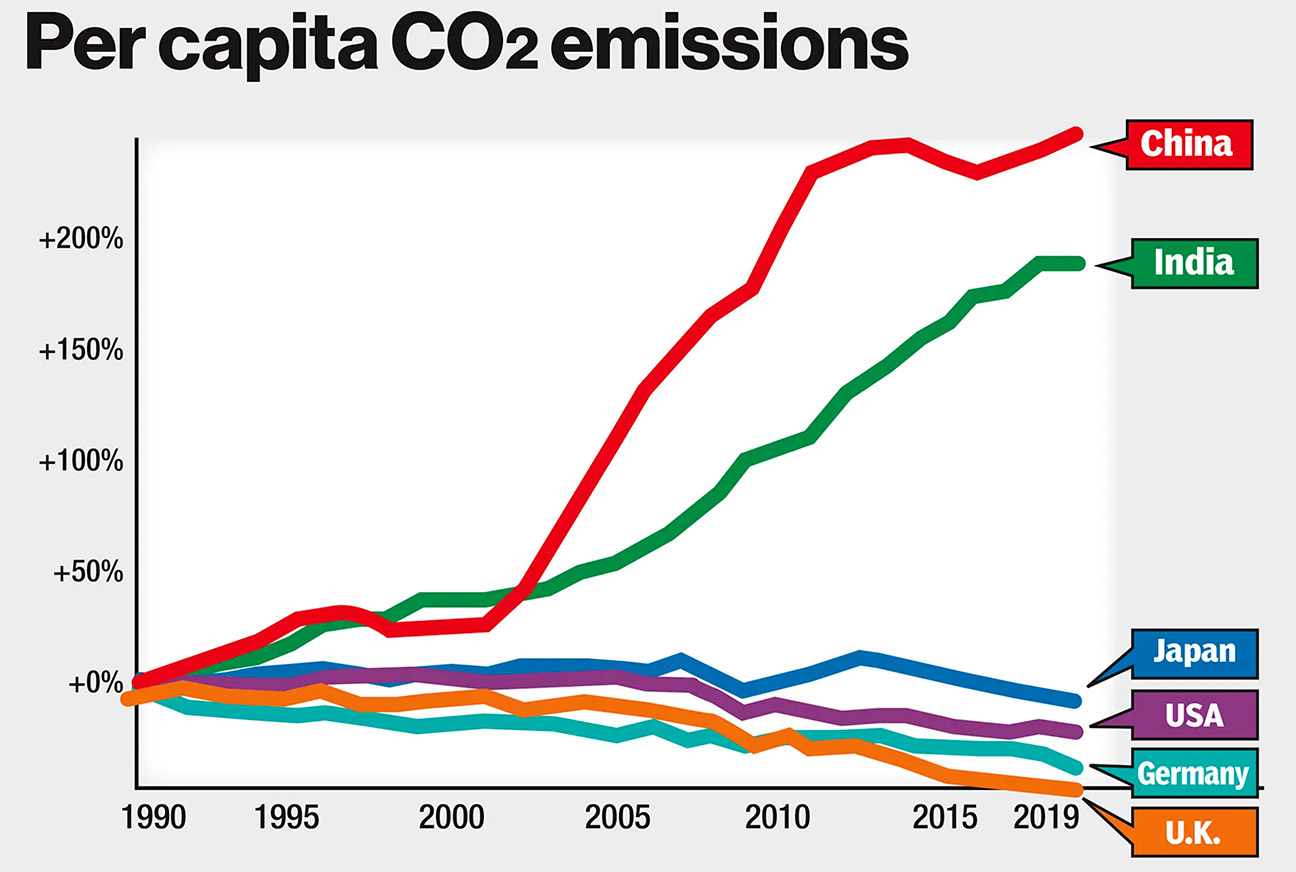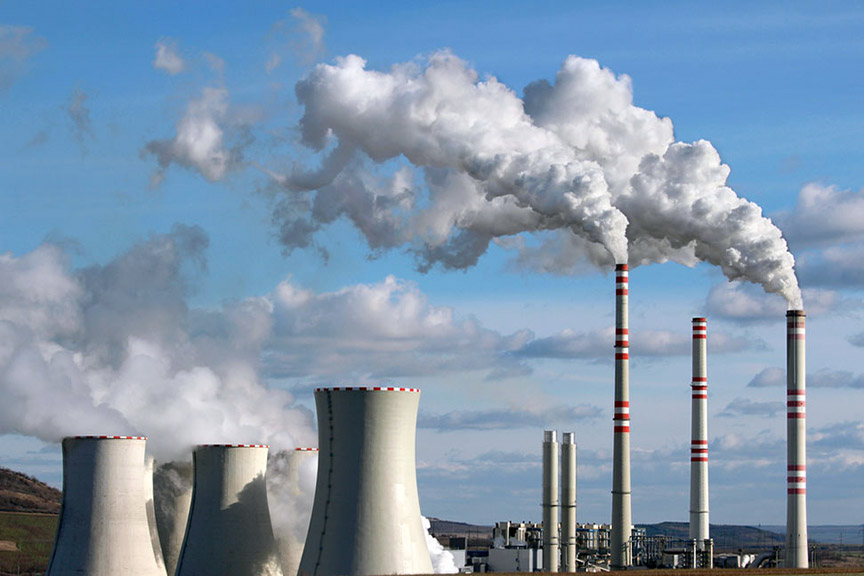In a concerning revelation, a team of scientists has reported a 1.1% increase in heat-trapping carbon dioxide emissions worldwide compared to the previous year. This unsettling news comes as global leaders gather for international climate talks, aiming to achieve a 43% reduction in emissions by 2030. Unfortunately, despite these efforts, the data reveals a disheartening reality—carbon pollution continues to rise. In 2023 alone, a staggering 36.8 billion metric tons were released into the atmosphere, marking a troubling trajectory that poses a serious threat to climate goals.
China, India, and Aviation Drive the Surge:
The surge in carbon dioxide emissions is attributed primarily to intensified pollution from China, India, and aviation activities. These three contributors accounted for the lion’s share of the 1.1% increase. China witnessed a notable 458 million metric ton uptick in fossil fuel emissions, closely followed by India with an increase of 233 million metric tons. Additionally, aviation emissions soared by 145 million metric tons, further exacerbating the global carbon footprint.
Overshooting Climate Targets:
The implications of this surge extend beyond immediate concerns, as it now appears inevitable that we will surpass the 1.5-degree Celsius target set by the Paris Agreement. Lead author of the study, Pierre Friedlingstein from the University of Exeter, warns that urgent action is needed to prevent further escalation. Even the more lenient 2-degree Celsius target is at risk, requiring leaders at COP28 to agree on rapid and substantial cuts in fossil fuel emissions.
Global Carbon Project’s Disturbing Data:
The Global Carbon Project, a renowned group of international scientists, emphasizes the severity of the situation by revealing that the current emissions rate is twice that of 40 years ago. The burning of fossil fuels and cement production, responsible for emitting 2.57 million pounds of carbon dioxide every second, underscores the urgency of addressing these sectors to curb the escalating crisis.

Positive Developments Amidst the Gloom:
While the overall picture is grim, there are some positive developments worth noting. Excluding China and India from the calculation reveals a decrease in global carbon emissions from fossil fuel burning and cement manufacturing. Outside of these two countries, the rest of the world collectively reduced emissions by 419 million metric tons. Europe led the charge with an 8% decrease, attributed to across-the-board reductions in coal, oil, gas, and cement emissions. The United States also contributed to the decline, primarily in coal emissions.
Call to Action from United Nations Environment Program Director:
In response to these alarming findings, United Nations Environment Program Director Inger Andersen stresses the critical need for the world to achieve zero fossil fuel emissions “as fast as possible.” Andersen advocates for developed nations to reach this goal by 2040 and developing nations by 2050, with a possible extension to 2060. The urgency of these timelines underscores the necessity for global collaboration and commitment to combat climate change.
As the world grapples with the stark reality of escalating carbon emissions, urgent and decisive action is imperative. The data serves as a wake-up call for global leaders to reassess and intensify their commitment to sustainability, embracing cleaner energy alternatives and implementing stringent measures to curb carbon pollution. The fate of our planet hangs in the balance, and only concerted efforts on a global scale can steer us toward a more sustainable and resilient future.






